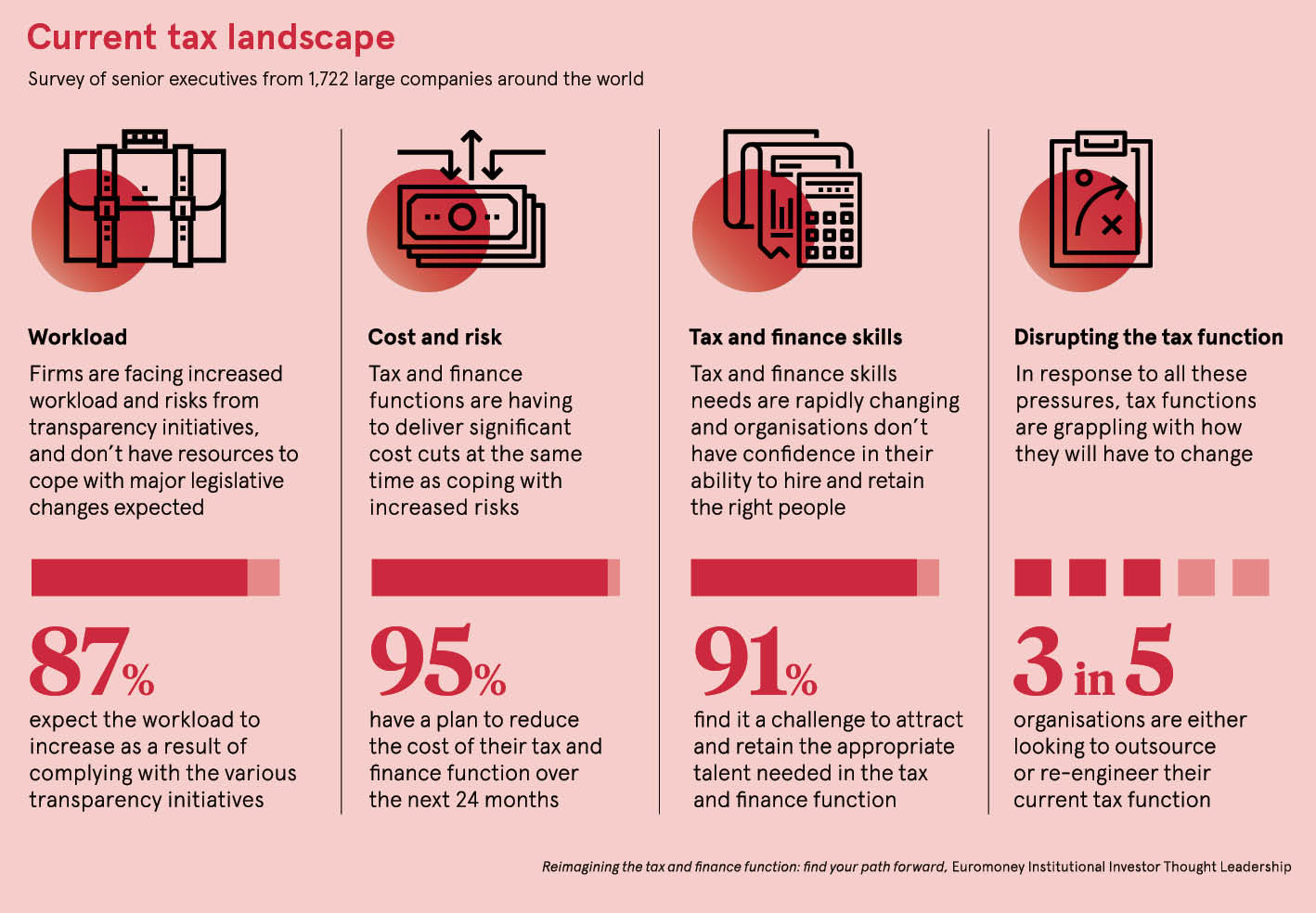In a move on December 19, 2023, Anthropic, a prominent AI research company, unveiled a pivotal update to its Commercial Terms of Service set to take effect from January 1, 2024. The focal point of this update is the introduction of a robust copyright shield, specifically designed to protect enterprise Claude API customers from potential copyright infringement claims arising from the authorized use of Anthropic’s services or the outputs generated through such use. This strategic step places Anthropic among the forefront of major generative AI providers addressing the evolving concerns surrounding intellectual property in the realm of enterprise AI.
The copyright shield unveiled
Anthropic’s proactive stance in fortifying its Commercial Terms of Service echoes a trend set by other industry giants such as Microsoft, Adobe, Shutterstock, OpenAI, IBM, and Google. The pivotal aspect of this enhancement lies in indemnifying commercial customers from what Anthropic terms as a “Customer Claim.” This encapsulates a third-party claim, suit, or proceeding asserting that the customer’s paid use of Anthropic’s services, including the data used to train a model within those services, violates third-party patent, trade secret, trademark, or copyright rights.
As with any significant development, the devil lies in the details. The indemnification protection outlined in Anthropic’s terms comes with certain limitations and exclusions. Notably, it does not extend to claims related to customers’ Prompts or any use of the service that breaches the use restrictions in the Terms. Exclusions also encompass scenarios arising from willful misconduct, violations of the law, modifications made by the customer to the services or outputs, and the combination of Anthropic’s services or outputs with external technology or content not provided by Anthropic. Also, patent or trademark-related violations fall within the purview of exclusions, demanding a nuanced understanding of the contractual terms by enterprise clients.
Navigating the AI legal landscape
As discussed in previous insights into the contractual terms of generative AI providers, determining the suitability of a given GAI tool for a specific business requires a comprehensive analysis of the tool’s terms and conditions. Beyond legal considerations, factors such as pricing and technical capabilities play a pivotal role. The inclusion of copyright protection for certain GenAI customers, now becoming a standard over the past year, adds a layer of complexity to these evaluations.
While courts have made strides in addressing copyright and privacy lawsuits against GenAI providers concerning the use of copyrighted materials to train models, the legal landscape remains unsettled. Ongoing lawsuits underscore the need for clarity in GenAI liability, making copyright protections a timely and welcomed addition for customers. Yet, a cautious approach is essential. Before relying on such protections, enterprise customers must scrutinize each provider’s terms and indemnification provisions comprehensively, tailoring their examination to the specific uses or potential uses of the AI services.
Anthropic’s impact on enterprise tech
Anthropic’s foray into fortifying copyright protection for enterprise AI customers signals a pivotal advancement in the ever-evolving landscape of generative AI technologies. The release of an updated Commercial Terms of Service, featuring a robust shield against copyright claims, places Anthropic in tandem with industry giants, addressing the pressing concerns surrounding intellectual property in the AI domain.
As businesses grapple with the intricate legal nuances of AI integration, Anthropic’s proactive stance begs broader questions about the potential influence of such copyright protections on the widespread adoption of generative AI technologies in enterprise settings. How will this paradigm shift shape the strategic decisions of businesses eyeing AI implementation, and what ripple effects can be anticipated in the intricate intersection of AI and intellectual property rights? As we step into 2024, these questions not only underscore the evolving responsibilities of AI providers but also pave the way for crucial discussions on fostering a secure and collaborative environment for businesses navigating the dynamic landscape of enterprise AI.





